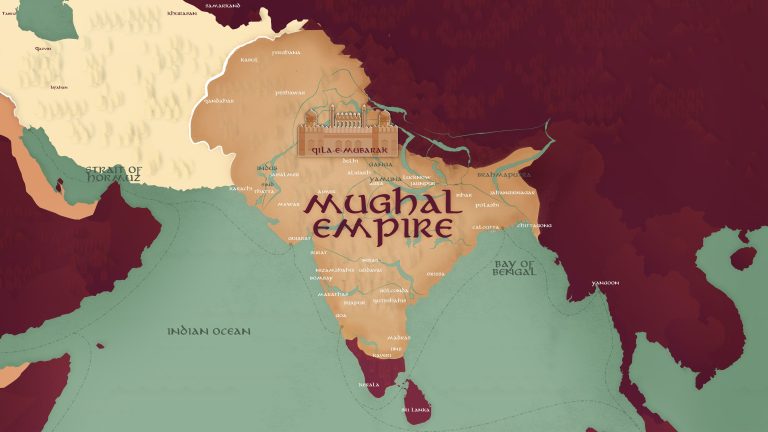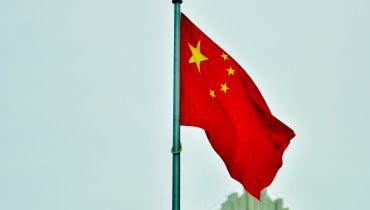Indian education authorities have deleted a chapter about Muslim Mughal rulers and references to the 2002 Gujurat massacre from school textbooks.
The changes have been introduced by the National Council of Educational Research and Training (NCERT), which comes under the Education Ministry, in a new set of textbooks for children taking exams under the government-run Central Board of Secondary Education.
The chapter that was removed appeared in Class 12 textbooks: Kings and Chronicles: The Mughal Courts.
NCERT says that the changes will not affect knowledge but instead reduce the load on children after the COVID-19 pandemic.
Many Hindutva activists and historians view the Mughals – who ruled large swathes of the Indian subcontinent for centuries – as foreign invaders who plundered Indian lands and corrupted the country’s Hindu civilisation.
Supporters of the changes argue that school history textbooks gave too much importance to Muslim rulers.
NCERT director Dinesh Saklani has called any debate around the curriculum “unnecessary” and clarified that the history of Mughals is still taught to schoolchildren.
The Mughal Empire was a powerful Muslim empire that ruled over much of the Indian subcontinent from 1526 to 1858. It was founded by Babur, a descendant of the Mongol conqueror Genghis Khan, who defeated the Sultan of Delhi in the Battle of Panipat in 1526.
Under the Mughals, India experienced a period of cultural and economic growth. The empire was known for its impressive architecture, including the Taj Mahal, the Red Fort, and the Jama Masjid. The Mughals were also patrons of the arts, and their court was home to some of the greatest poets, artists, and musicians of the time.
The decline of the Mughal Empire began in the 18th century, and it was eventually weakened by political infighting, economic instability, and military defeats. In 1858, the British East India Company took control of India, and the Mughal Empire came to an end.
However, the legacy of the Mughals continues to be felt in India today, particularly in the country’s art, architecture, and culture.
Other omissions in the school textbooks concern the 2002 Gujurat massacre in which around 2,000 people (the vast majority Muslims) were killed in February/March 2002 after Hindus accused Muslims of burning a train, killing 60 Hindu pilgrims. The circumstances of the train tragedy are heavily disputed.
A UK official report into the events found that there was “widespread and systematic rape of Muslim women,” that the violence was “politically motivated,” and the aim was to “purge Muslims from Hindu areas.”
Ever since Narendra Modi came to power in 2014 India has been promoting his Hindutva worldview that seeks to promote and preserve the cultural and religious identity of India as a Hindu-majority nation.
Proponents of Hindutva believe that India is a Hindu nation and that Hindus should have a privileged status in the country. They also believe that other religious and ethnic groups in India, particularly Muslims and Christians, should assimilate to Hindu culture and values.
The political expression of Hindutva is Modi’s Bharatiya Janata Party (BJP), which is currently the ruling party in India. The BJP has been criticized for promoting a divisive agenda that marginalises religious and ethnic minorities, particularly Muslims.
Source: 5Pillars









